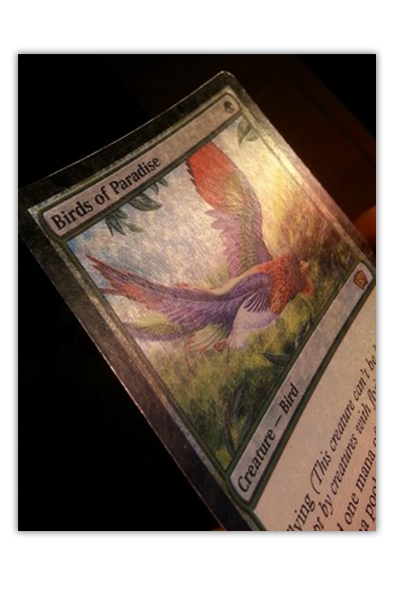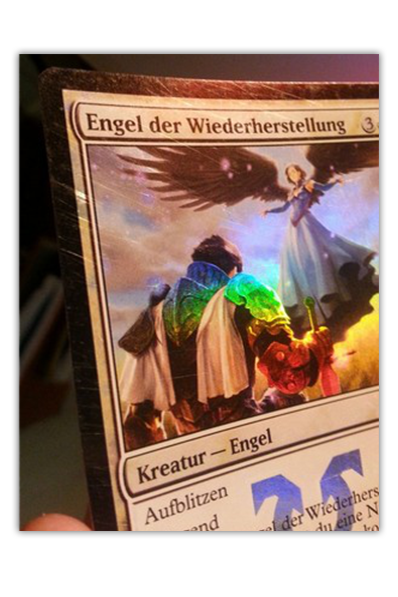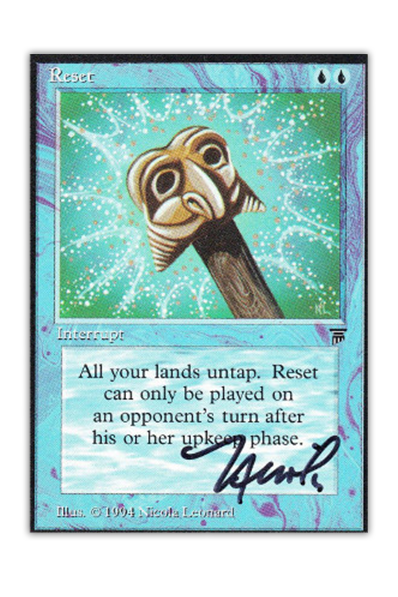Just contact me if you want more photos :) (especially for high end cards)!!!!
NEAR MINT
A Near Mint card looks like it has never been played without sleeves. Small allowances can be made, but the card generally shows no wear.
The border of NM card can have small white spots, but they must be very few and very small. When the card is inspected under bright daylight, the surface must generally appear clean. It can have a few minor spots, but scratches can never be allowed for NM cards.
Generally a Near Mint card is in a condition that would make it considered unmarked if played in an unsleeved deck. (Not recommended!)
As the Mint grade is often not used for cards of newer expansions, Near Mint usually means Near Mint or better.
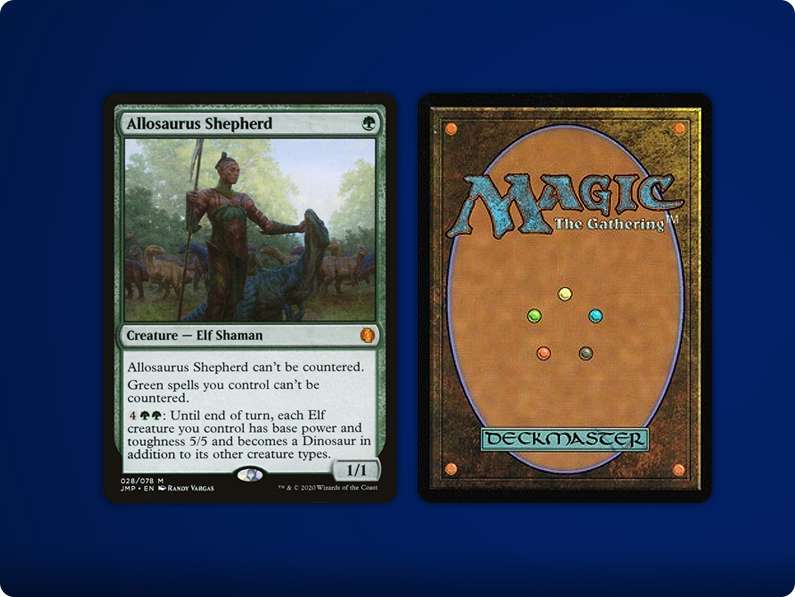
An SP cards look like it was used for a few games without sleeves. For SP cards it is almost always clearly visible upon first inspection that the card is not in perfect condition. However, although the damage is clearly visible it is only of minor severity.
SP cards usually have a couple of white spots at the corners or around the border. The surface may have minor scratches, that are visible upon closer inspection.
An SP card is usually in a condition where it is not quite clear if the card would be considered marked or unmarked if it would be played in a tournament without sleeves.
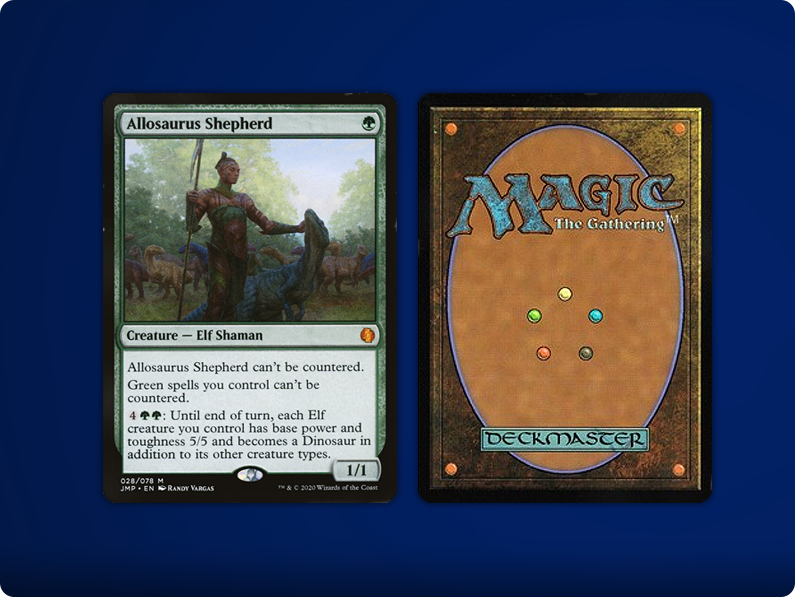
MP
A MP card looks like it might have been used for a long tournament without sleeves.
Cards in MP condition usually show strong wear all around the card. The edges and corners have many white spots, the surface usually has scratches and the card usually has accumulated some dirt on its surface. However, the card still only has damage that stems from regular play. The card has no water damage or bends whatsoever.
A MP card (and all cards in worse condition) are clearly in a condition that would make them ineligible for play without sleeves as they would be considered marked.
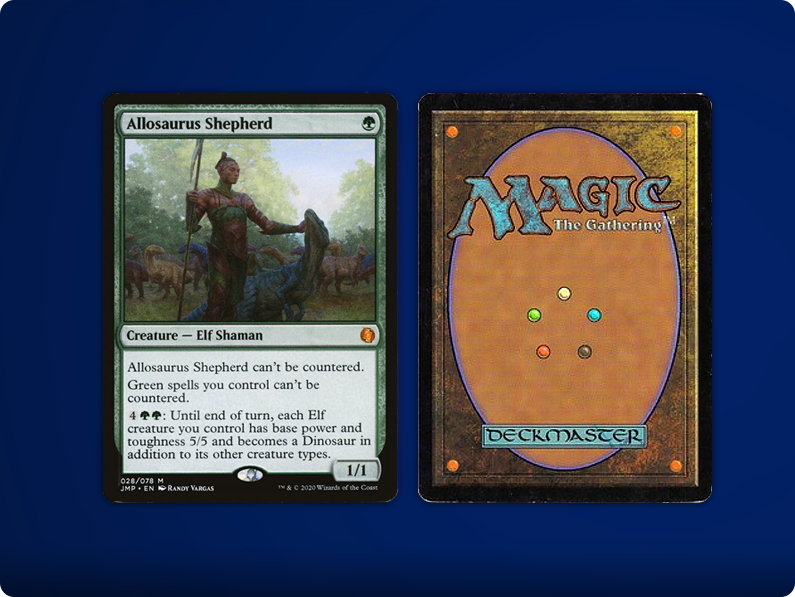
A HP card looks as bad as you can get a card through regular use without sleeves.
A HP card looks extremely bad, and it is doubtful if the card is tournament legal even in a sleeved deck. However, the card has not been tampered with otherwise (inked border, random scribblings on the card etc.).
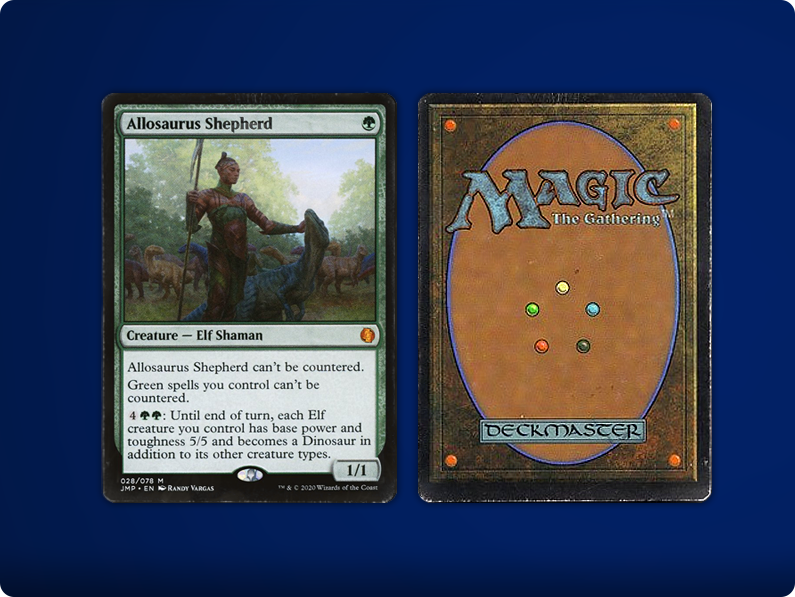
A Poor card has damage that cannot normally have stemmed from regular use of the card.
A card in Poor condition is literally destroyed. It is either obviously illegal for tournament play or has been tampered with in ways that destroy its worth almost completely (inked border, random scribblings on the card etc.).
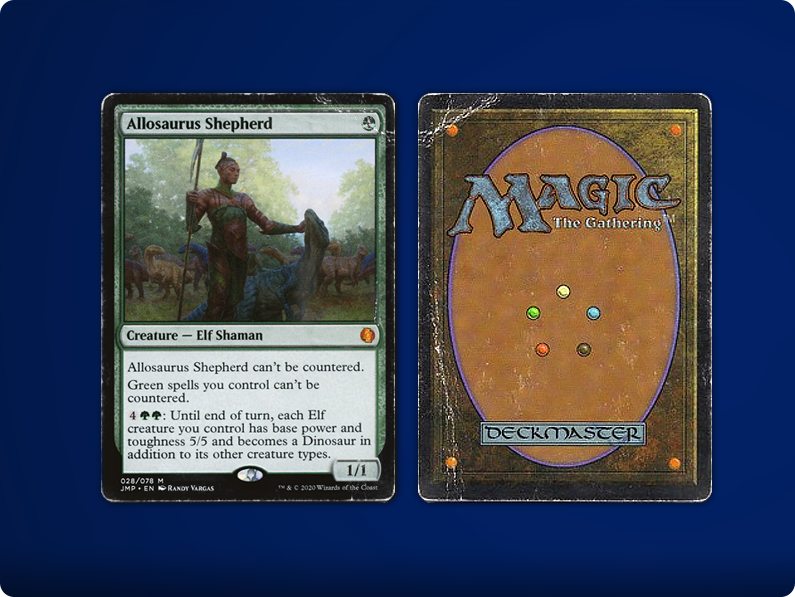
Additional Information
Altered cards
Altered cards are cards whose design has been changed for artistic purposes. Often the artwork is extended past the border, but there are few limits to how a card might be altered by an artist. An altered card should only be put up for sale alongside an image of the modified card.
American/European Grading System
Here in : Marc-Andreboil9/Midnight Marletplace we use (NM/SP/MP/HP/POOR)
Bend
A card is bent if the structure of the paper has been damaged due to excessive bending.
Blackened Borders
Tampering with the border of a card will always result in a card that is in Poor condition. Blackening the borders of a card is mainly an action of destroying its value in an attempt to improve its looks. However, precisely for that reason it is also done to sell a card for more than its inherent, remaining value.
Clouding
A card that is clouded looks dull although no major damage can be observed in the clouded spots. Clouding is basically an effect of microscopical damage to the card surface, that might add up over time to produce this dull effect. Visible clouding precludes a card from being Near Mint.
Foil
The same principles as outlined above apply for foil cards. However, when grading foil cards, you might want to take into account, that foil cards are not only playing cards, but always collectors items as well. After all the customer pays extra to get this version of the card. That means that somebody buying a foil card is probably even less inclined to look over an a-bit-too-liberal grading of a card. When grading foil cards take special care to look for creasings and clouding on the front of the card. On nonfoil cards these damages make the card appear uglier, but the effect is compounded for foils.
Gem Mint
This grade is sometimes used in the description of trading cards. It is supposed to be better than Mint. How can a card be in better condition then Mint? The idea is that when a card is described as Mint then it is assumed that it is perfectly preserved, however it may have a few very minor printing imperfections such as being imperfectly centered or the horizontal lines that sometimes appear on Unlimited Edition cards. A Gem Mint card has none of these. It is perfect in every way.
Inked
A card is considered inked when the borders of the cards have been "improved" with the help of a pen (p.e. fine liner) to make them look better. Cards that have undergone this kind of treatment are always considered to be in Poor condition.
Old cards
The process of grading of old cards is in no way different from that of grading new cards. No allowance is made for the card being old. A 20 years old card has to adhere to the same criteria as a 2 days old card.
Partial Grades
This does not exist !!!!
Planarity
Sometimes a card is not flat when put onto the table. It may either appear a little concave or convex. Both is fine for cards that are not graded Mint. However, if the card has been deformed so strongly and lastingly that it might not be tournament legal any more, then it has to be graded HP.
PSA
Abbreviation for Professional Sports Authenticator. This is a large third-party authentication and card condition grading service. Occasionally you will find something like PSA 8.5 in the description of a card. That means, that the card has been authenticated and graded by PSA. Their grading scale ranges from 1 / Poor to 10 / Gem Mint.
Scratched
If a card has scratches on the surface, this makes the card MP at best. Scratches are mostly important for Foil cards as the Foil surface is much more sensitive to scratches.
Signed
A card can be marked as signed on Cardmarket if it has a signature of either the artist or Richard Garfield. In some cases where a very close connection between a celebrity and the given card is apparent the card can also be marked as signed. For example a Jon Finkel signed Shadowmage Infiltrator will do. However, when you go ahead and sign your White Knights they may not be considered a signed card. Instead they must be graded Poor.
Stamped cards
A card obtained in the Limited portion of a Pro Tour or the second day of a Grand Prix usually has a stamp. While a stamp may come with some memories for the player who got the card originally it is mostly an unwanted alteration of the card to everybody else. For the classic GP/PT stamps this is not so bad as they are small and unobstructive, however for the modern European GP stamps that is a different matter as they disfigure the artwork. Even if a GP stamped card looks like it's great condition, they must be graded as Poor.
Water damage
Cards with water damage should be graded SP to Poor depending on the severity of the damage. The best guideline would be that a damaged card that is clearly still tournament legal should be graded SP, and one clearly not tournament legal would be Poor. Something in between is HP. Make sure to point out the damage in your description of the card.
Whitened Borders
Cards with whitened borders have to be offered on Cardmarket as Poor. However, compared to cards with blackened borders there is way less incentive to try any shenanigans here. Just don't offer them pretending to sell some kind of ultra-rare misprint.
